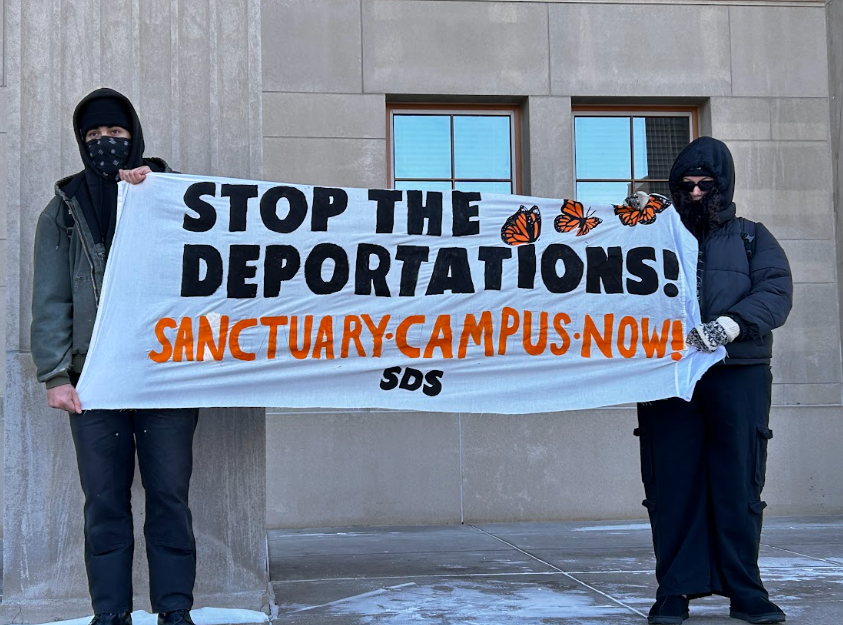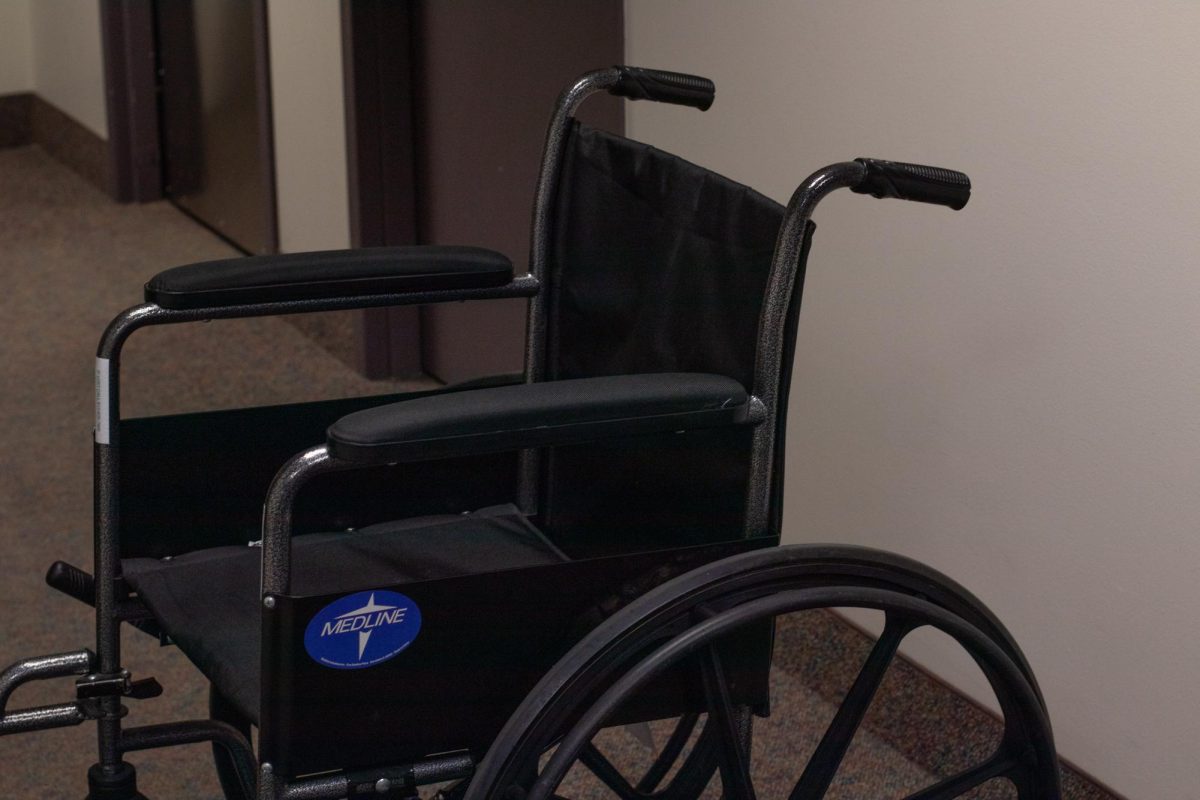A survey led by the University of Minnesota’s School of Public Health revealed areas in which local health departments (LHDs) are experiencing staffing challenges since the start of the COVID-19 pandemic.
The results of the survey were published in the July/August 2023 issue of the Journal of Public Health Management & Practice and received a response from 97% of LHDs in Minnesota.
The results of the study were split into multiple papers, the first led and written by School of Public Health researcher Harshada Karnik. Karnik’s paper focuses on the quantitative aspects of the mixed-method mode the researchers used to gather data.
“In this paper, we essentially looked at what the occupations are where local health departments need more staffing, how they are going to prioritize it and what some of the barriers are that are keeping them from filling these gaps in the workforce,” Karnik said.
According to Karnik, the study found certain occupations like public health nurses and community health workers have more gaps in their staffing that need to be filled than others within the industry.
Karnik explained a lot of LHDs statewide are understaffed and the workers they do have are often underpaid. She also said LHDs struggle to create new positions which then also need to be filled by employees.
Before the COVID-19 pandemic, according to Karnik, health departments did not have the authorization to create new positions. With the continued lack of new hires and the slow burnout of existing employees, the gaps in the system became more apparent.
“If you look at the occupations where health departments need to create additional positions versus where they need to fill existing, vacant positions, I think that’s where we sort of see the difference in what the pandemic has rendered important,” Karnik said.
A unique factor this study took into consideration was the presence of external factors like children or the commute to work which, according to Karnik, had not been considered in similar surveys.
Karnik’s paper focused on the quantitative results of the study while Chelsey Kirkland, another School of Public Health researcher on the study, wrote a second paper honing in on the reasoning behind those numbers.
Kirkland said the researchers worked with the State Associations of County and City Health Officials (SACCHO) to organize these focus groups to further explain the gaps in the workforce.
Kirkland’s paper detailed retention strategies as a result of employee burnout. Her findings suggested workers experiencing fatigue could benefit from having some of their duties transferred to someone else in a different, better-suited position or even by the employee themself changing to an alternate role.
The biggest concept Kirkland emphasized was continued employer flexibility. She said allowing public health workers to manage their personal and work lives better would be a good way to reduce burnout.
“One of the other things that we heard several times over was that when supervisors worked alongside their employees, the employees really felt like they were in it together — and they are all working towards this one goal,” Kirkland said.
Another set of external factors to consider is the divide between governmental health departments and the private sector, according to School of Public Health researcher Jason Orr.
Orr said within the governmental public health field, different positions are not as competitive as they are within the private sector. According to Orr, nurses’ pay within the private sector is about 14% higher than in governmental public health.
“That’s one of the key barriers to hiring individuals, is that local governments in particular really cannot offer as competitive of wages, typically, and there are less resources available to hire staff,” Orr said.
Orr added that, over the past few years, there has been more infusion of money into support for local health agencies. State and federal grants like the CDC Federal Infrastructure Grant that funded this research are helping fill newer positions that were harder to fill before due to financial constraints.
“We’re seeing some movement across the nation and Minnesota to reduce the barriers to hiring and improve the working conditions for governmental public health,” Orr said.



















